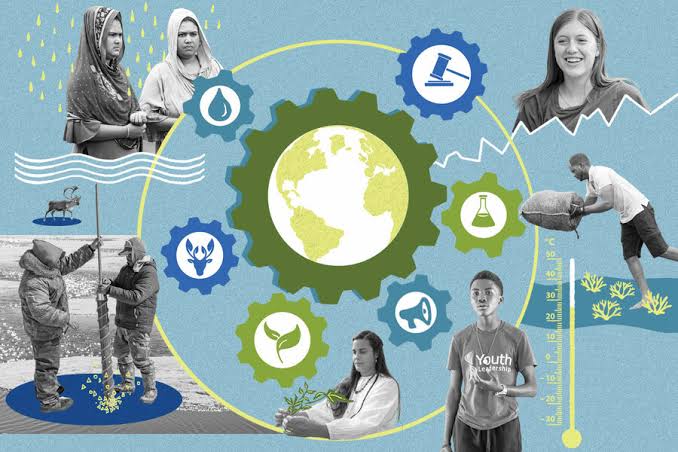By Salman Mansoor
The global climate crisis has entered a critical phase in which the ability to communicate effectively across sectors and societies is as vital as scientific innovation. Despite the abundance of data, international reports, and technological breakthroughs, a significant disconnect persists between climate science and public understanding. This gap impedes collective action and delays the necessary behavioral and policy shifts to address the climate emergency. It is within this communicative vacuum that youth-led climate media is beginning to establish a new paradigm.
The involvement of youth in climate action has traditionally been framed through activism, education, and policy advocacy. However, a newer dimension has gained momentum in recent years—youth as communicators and media actors. This evolution has been particularly visible in regions where formal media institutions are either inaccessible to grassroots voices or constrained by editorial limitations. Platforms such as Herald Star have created space for emerging communicators to translate complex climate data into human-centered stories, thus enhancing accessibility and civic engagement.
Youth climate communicators, particularly those in the Global South, now serve a dual function: they disseminate accurate, context-sensitive information while simultaneously countering misinformation and apathy. My own journey—from a student of pre-engineering to serving as Head of Youth Climate Communications—reflects the critical intersection of technical understanding and narrative capability. This synthesis has allowed youth leaders to develop multimedia campaigns, localized content, and journalistic features that speak directly to affected communities and global policymakers alike.
Beyond editorial work, collaborations with institutions such as The Society International (Together for Health and Education) and the Global Institute for Sustainable Development (GISD) have provided frameworks for integrating youth communicators into project development and policy interpretation. In these roles, communicators are not passive observers but active participants in shaping climate discourse. By documenting community-led reforestation projects, renewable energy pilots, and youth policy dialogues, these communicators enhance both visibility and legitimacy of grassroots innovation.
The role of communication in climate action is not peripheral; it is foundational. Article 6 of the UNFCCC underscores the need for education, training, and public awareness. However, the operative gap lies not only in implementation but in relevance. Traditional messaging often fails to resonate with young audiences or marginalized communities. Youth communicators address this gap by utilizing digital platforms, indigenous languages, and culturally resonant storytelling formats to widen the reach and deepen the impact of climate messaging.
Major international events such as the UNFCCC Subsidiary Body sessions (SB62) and the upcoming COP summits must recognize youth communicators not merely as campaigners but as stakeholders in knowledge production and dissemination. Their involvement in policy briefings, media outreach, and event coverage offers an indispensable bridge between formal negotiation spaces and broader public consciousness.
Moving forward, investment in youth-led climate media must be institutionalized. This includes not only granting access to global forums but also ensuring technical training, editorial independence, and financial support for sustainable operations. Initiatives aimed at building climate resilience will fail to achieve scalability or legitimacy without the parallel development of inclusive, accurate, and locally grounded climate communication networks.
In conclusion, the future of climate communication lies in the hands of those who can interpret science, contextualize impact, and inspire change. Youth climate communicators represent this future. Their stories are not just reflections of lived realities; they are tools of transformation. Recognizing and supporting their role is not an option—it is an imperative.



